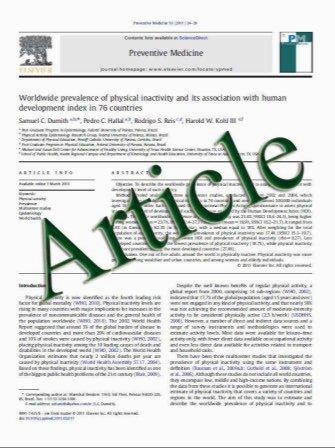Meaningful Interpretation of Subdiffusive Measurements in Living Cells (Crowded Environment) by Fluorescence Fluctuation Microscopy
- نوع فایل : کتاب
- زبان : انگلیسی
- مؤلف : Gerd Baumann1,*, Robert F. Place2,3 and Zeno Fِldes-Papp1,4,*
- چاپ و سال / کشور: 2010
Description
In living cell or its nucleus, the motions of molecules are complicated due to the large crowding and expected heterogeneity of the intracellular environment. Randomness in cellular systems can be either spatial (anomalous) or temporal (heterogeneous). In order to separate both processes, we introduce anomalous random walks on fractals that represented crowded environments. We report the use of numerical simulation and experimental data of single-molecule detection by fluorescence fluctuation microscopy for detecting resolution limits of different mobile fractions in crowded environment of living cells. We simulate the time scale behavior of diffusion times ..D(..) for one component, e.g. the fast mobile fraction, and a second component, e.g. the slow mobile fraction. The less the anomalous exponent .. the higher the geometric crowding of the underlying structure of motion that is quantified by the ratio of the Hausdorff dimension and the walk exponent f w d /d and specific for the type of crowding generator used. The simulated diffusion time decreases for smaller values of .. .. 1 but increases for a larger time scale .. at a given value of .. .. 1. The effect of translational anomalous motion is substantially greater if .. differs much from 1. An .. value close to 1 contributes little to the time dependence of subdiffusive motions. Thus, quantitative determination of molecular weights from measured diffusion times and apparent diffusion coefficients, respectively, in temporal auto- and crosscorrelation analyses and from time-dependent fluorescence imaging data are difficult to interpret and biased in crowded environments of living cells and their cellular compartments; anomalous dynamics on different time scales .. must be coupled with the quantitative analysis of how experimental parameters change with predictions from simulated subdiffusive dynamics of molecular motions and mechanistic models. We first demonstrate that the crowding exponent .. also determines the resolution of differences in diffusion times between two components in addition to photophyscial parameters well-known for normal motion in dilute solution. The resolution limit between two different kinds of single molecule species is also analyzed under translational anomalous motion with broken ergodicity. We apply our theoretical predictions of diffusion times and lower limits for the time resolution of two components to fluorescence images in human prostate cancer cells transfected with GFP-Ago2 and GFP-Ago1. In order to mimic heterogeneous behavior in crowded environments of living cells, we need to introduce so-called continuous time random walks (CTRW). CTRWs were originally performed on regular lattice. This purely stochastic molecule behavior leads to subdiffusive motion with broken ergodicity in our simulations. For the first time, we are able to quantitatively differentiate between anomalous motion without broken ergodicity and anomalous motion with broken ergodicity in time-dependent fluorescence microscopy data sets of living cells. Since the experimental conditions to measure a selfsame molecule over an extended period of time, at which biology is taken place, in living cells or even in dilute solution are very restrictive, we need to perform the time average over a subpopulation of different single molecules of the same kind. For time averages over subpopulations of single molecules, the temporal auto- and crosscorrelation functions are first found. Knowing the crowding parameter .. for the cell type and cellular compartment type, respectively, the heterogeneous parameter .. can be obtained from the measurements in the presence of the interacting reaction partner, e.g. ligand, with the same .. value. The product .. .. .. .. ~ = is not a simple fitting parameter in the temporal auto- and two-color crosscorrelation functions because it is related to the proper physical models of anomalous (spatial) and heterogeneous (temp
Current Pharmaceutical Biotechnology, 2010, 11, 527-543


